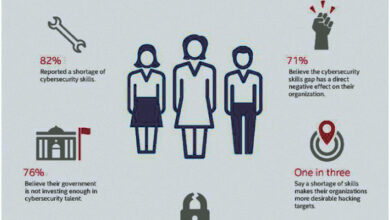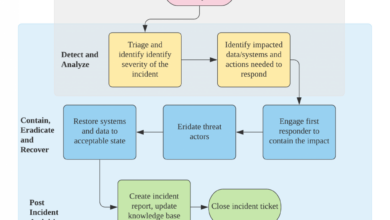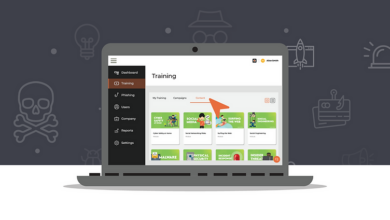
4 Protocols That Eliminate Cloud Migration Security Risks
4 Protocols That Eliminate the Security Risks of Cloud Migration: Moving your business to the cloud is a huge step, offering incredible flexibility and scalability. But let’s be real, security is a major concern. The wrong move can expose your sensitive data to significant risks. That’s why understanding and implementing robust security protocols is absolutely crucial. This post dives into four key strategies that can significantly minimize – even eliminate – these risks, ensuring a smooth and secure cloud migration.
We’ll cover essential protocols like Data Loss Prevention, best practices for Identity and Access Management (IAM), vital Network Security measures, and the importance of Compliance and Auditing. By the end, you’ll have a clear roadmap for protecting your data and maintaining peace of mind during your cloud journey. Get ready to secure your cloud future!
Data Loss Prevention Protocols
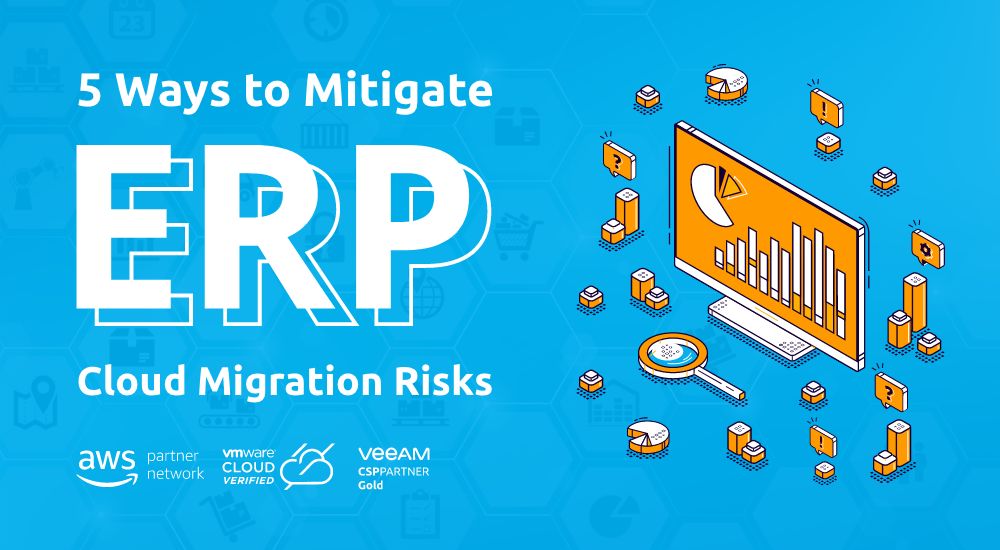
Migrating to the cloud offers incredible advantages, but it also introduces new risks. Data loss is a major concern, and robust protocols are essential to ensure business continuity and compliance. This section Artikels key strategies to prevent data loss during and after your cloud migration. These protocols focus on proactive measures to safeguard your data throughout the entire migration process.
Effective data loss prevention during cloud migration hinges on a multi-layered approach. Encryption, both at rest and in transit, forms the bedrock of this strategy. Access control mechanisms further refine data protection, limiting access to authorized personnel only. Finally, comprehensive backup and recovery plans, coupled with rigorous data validation, ensure business continuity and data integrity even in the face of unforeseen circumstances.
Encryption at Rest and in Transit
Encryption is crucial for protecting data at every stage. Encryption at rest protects data stored on cloud servers, while encryption in transit protects data as it moves between your on-premises infrastructure and the cloud. For example, using AES-256 encryption for data at rest provides a high level of security, making it extremely difficult for unauthorized individuals to access the data even if they gain access to the storage infrastructure.
Similarly, employing TLS/SSL protocols for data in transit ensures that data remains confidential during transmission. Implementing both types of encryption creates a robust defense against data breaches and loss.
Access Control Lists (ACLs)
Access control lists (ACLs) are critical for limiting access to sensitive data. ACLs define which users or groups have permission to access specific data and what actions they can perform (read, write, delete, etc.). For instance, a granular ACL might grant the finance department read-only access to financial reports stored in the cloud, while the IT department might have full read/write access for maintenance purposes.
By implementing carefully designed ACLs, organizations can prevent unauthorized access and minimize the risk of data breaches or accidental data modification. Regular reviews and updates of ACLs are vital to ensure they remain effective and aligned with changing business needs.
Data Backup and Recovery Strategies, 4 protocols that eliminate the security risks of cloud migration
A robust backup and recovery strategy is paramount. This involves regularly backing up data to multiple locations, including both on-premises and off-site cloud storage. A 3-2-1 backup strategy – three copies of data, on two different media, with one copy offsite – is a widely accepted best practice. This redundancy ensures data availability even in the event of a disaster such as a data center outage or a ransomware attack.
Regular testing of the recovery process is crucial to verify its effectiveness and identify any potential weaknesses. The recovery plan should clearly Artikel the steps to be taken in the event of data loss, including the restoration process and communication protocols.
Data Validation and Verification Post-Migration
After the migration is complete, it’s vital to validate and verify the integrity of the data. This involves comparing the data in the cloud environment with the original source data to ensure no data loss or corruption occurred during the migration. Checksums or hashing algorithms can be used to verify data integrity. Data validation should include a comprehensive review of data accuracy, completeness, and consistency.
This step is crucial for ensuring the migrated data is reliable and ready for use in the new cloud environment. Any discrepancies found should be thoroughly investigated and resolved before the migrated data is put into production.
Identity and Access Management (IAM) Best Practices: 4 Protocols That Eliminate The Security Risks Of Cloud Migration
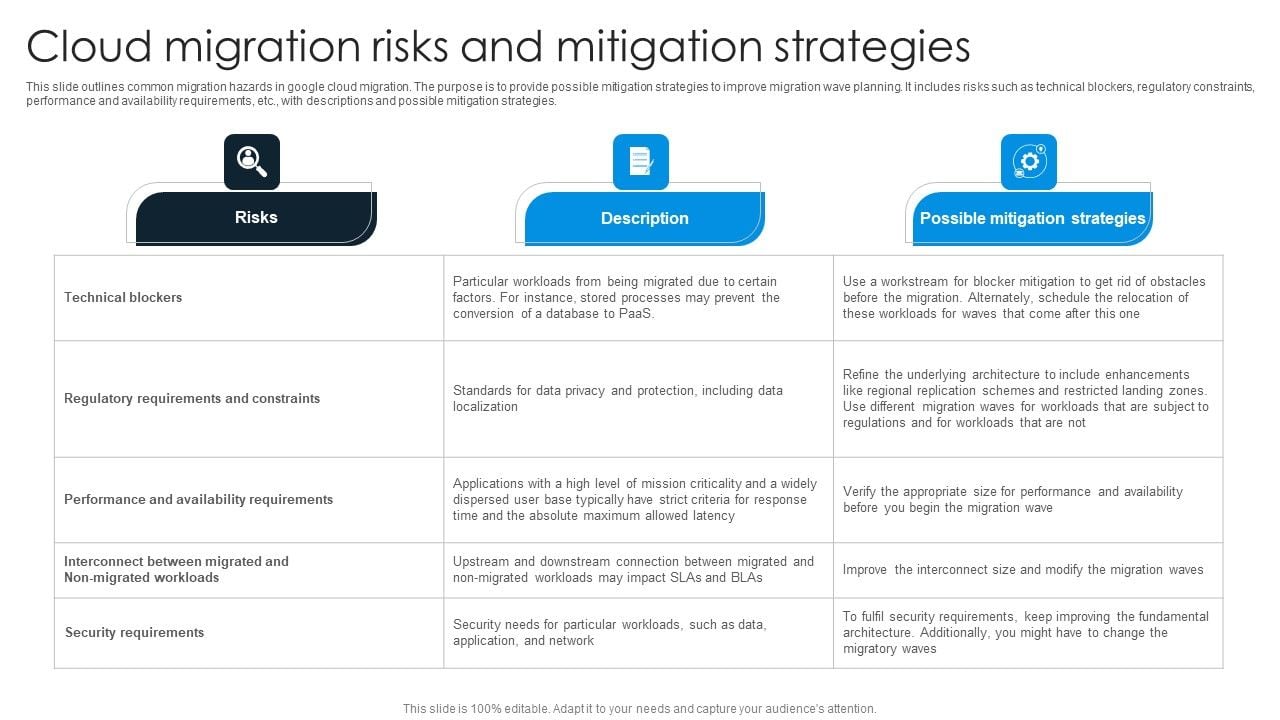
Migrating to the cloud introduces significant changes to how you manage user access to your data and applications. Robust Identity and Access Management (IAM) is crucial to maintaining a secure cloud environment and preventing unauthorized access. This section details best practices for implementing strong authentication and authorization, ensuring a secure transition and ongoing protection of your valuable assets.Implementing strong authentication and authorization is paramount for securing your cloud infrastructure.
Weak passwords and overly permissive access controls are major vulnerabilities. A multi-layered approach, combining various security measures, is essential for effective protection.
Strong Authentication Mechanisms
Strong authentication goes beyond simple passwords. It involves employing multiple factors to verify a user’s identity, significantly reducing the risk of unauthorized access even if credentials are compromised. This typically involves a combination of something the user knows (password), something the user has (e.g., a security token or smartphone), and something the user is (biometrics). For example, a user might need to enter a password, receive a one-time code via SMS, and then provide a fingerprint scan to gain access.
This layered approach makes it exponentially harder for attackers to gain unauthorized access.
Multi-Factor Authentication (MFA) Implementation
Multi-factor authentication (MFA) is a critical component of a strong IAM strategy. By requiring users to provide multiple forms of authentication, MFA adds a significant layer of security. Implementing MFA across all cloud resources and applications significantly reduces the risk of successful attacks, even if one authentication factor is compromised. For instance, even if a password is stolen, the attacker will still need access to the user’s phone or a physical security token to gain access.
The impact of MFA is a substantial decrease in successful breaches and a higher level of overall security.
Comparison of IAM Models
Several IAM models exist, each with its own strengths and weaknesses. Role-Based Access Control (RBAC) assigns permissions based on roles within an organization. This simplifies management by assigning pre-defined permissions to specific roles, rather than managing individual user permissions. Attribute-Based Access Control (ABAC) is more granular, assigning permissions based on attributes of the user, the resource, and the environment.
This allows for highly dynamic and context-aware access control policies. In cloud environments, RBAC is often the preferred starting point due to its relative simplicity, while ABAC is more suitable for complex environments requiring fine-grained control. The choice depends on the complexity of your organization and its security requirements.
Secure Migration of User Identities and Access Permissions
Migrating user identities and access permissions securely requires a well-planned and phased approach. A step-by-step guide includes:
- Inventory Existing Identities and Permissions: Begin by creating a comprehensive inventory of all users, groups, and their associated permissions in your on-premises environment.
- Design Target IAM Structure: Design the IAM structure for your cloud environment, considering RBAC or ABAC models and aligning with your organization’s security policies.
- Automate Migration: Use automated tools to migrate user identities and permissions to the cloud. This minimizes manual effort and reduces the risk of errors.
- Verify Permissions: After migration, thoroughly verify that all users have the correct permissions in the cloud environment. This often involves testing access to critical resources.
- Implement Monitoring and Auditing: Establish continuous monitoring and auditing of user access to detect and respond to potential security threats.
Network Security Protocols for Cloud Migration

Migrating to the cloud presents unique network security challenges. Ensuring data remains protected throughout the migration process requires a robust strategy that addresses the vulnerabilities inherent in different cloud networking models and leverages appropriate security tools. This section focuses on establishing secure network protocols crucial for a successful and secure cloud migration.
Effective network security is paramount during cloud migration. Data breaches can be incredibly costly, impacting not only finances but also reputation and customer trust. Therefore, a layered approach incorporating VPNs, careful consideration of cloud networking models, and the strategic deployment of security tools is essential.
Virtual Private Networks (VPNs) and Data Transmission Security
VPNs create encrypted tunnels between your on-premises network and the cloud, ensuring that data transmitted during the migration process remains confidential and protected from eavesdropping. This is especially critical when transferring sensitive data like customer information or financial records. A strong VPN implementation utilizes robust encryption protocols (like AES-256) and strong authentication mechanisms to verify the identity of connecting devices.
Without a VPN, data transmitted during the migration is vulnerable to interception, potentially leading to data breaches and regulatory non-compliance. For example, migrating sensitive patient data to a cloud-based healthcare system without a VPN would be a significant security risk.
Security Implications of Different Cloud Networking Models
Different cloud networking models—public, private, and hybrid—present varying levels of security implications. Public clouds offer scalability and cost-effectiveness but share infrastructure with other organizations, increasing the potential for security breaches if not properly secured. Private clouds provide greater control and security but require more upfront investment and ongoing management. Hybrid clouds combine the benefits of both, allowing organizations to strategically allocate resources based on security and cost considerations.
For instance, a company might use a private cloud for highly sensitive data and a public cloud for less sensitive applications. Understanding these implications is vital for choosing the appropriate model and implementing the necessary security measures.
Network Security Tools Comparison
The following table compares different network security tools and their functionalities:
| Tool | Functionality | Cloud Compatibility | Strengths |
|---|---|---|---|
| Firewall | Controls network traffic based on pre-defined rules. | All major cloud providers | Essential for basic network security, relatively easy to implement. |
| Intrusion Detection/Prevention System (IDS/IPS) | Monitors network traffic for malicious activity and either alerts (IDS) or blocks (IPS) threats. | All major cloud providers | Proactive threat detection and mitigation. |
| Virtual Private Cloud (VPC) | Creates a logically isolated section of a cloud provider’s infrastructure. | All major cloud providers | Enhanced security and isolation for resources within the cloud. |
| Web Application Firewall (WAF) | Protects web applications from attacks like SQL injection and cross-site scripting. | All major cloud providers | Essential for securing web-based applications in the cloud. |
Secure Configurations for Firewalls and Intrusion Detection/Prevention Systems
Secure configurations for firewalls in a cloud environment involve implementing least privilege access, meaning only necessary ports and protocols are open. Regularly updating firewall rules is crucial to address emerging threats. For example, a firewall should only allow inbound traffic on ports 80 and 443 for web traffic if not otherwise required. Intrusion detection/prevention systems should be configured to generate alerts for suspicious activity and automatically block malicious traffic.
Regularly reviewing IDS/IPS logs is essential for identifying and responding to security incidents. Implementing a Security Information and Event Management (SIEM) system can greatly assist in this process by centralizing and analyzing security logs from various sources.
Compliance and Auditing Procedures
Successfully migrating to the cloud isn’t just about moving data; it’s about ensuring that data remains secure and compliant throughout the process. This final piece of the cloud migration security puzzle focuses on establishing robust compliance and auditing procedures. These procedures are critical for maintaining regulatory compliance, detecting security breaches, and demonstrating due diligence.Adhering to relevant industry compliance standards is paramount.
Failure to do so can lead to hefty fines, reputational damage, and loss of customer trust. A comprehensive audit trail and proactive monitoring are essential for maintaining a secure and compliant cloud environment.
Industry Compliance Standards
Meeting industry-specific compliance standards, such as HIPAA for healthcare data or PCI DSS for payment card information, is non-negotiable for many organizations. These standards dictate specific security controls and procedures that must be implemented to protect sensitive data. During cloud migration, it’s crucial to ensure that the chosen cloud provider and the migration process itself comply with all applicable regulations.
For example, a healthcare provider migrating to AWS must ensure their data is stored and processed in accordance with HIPAA’s requirements for data security, privacy, and breach notification. Failing to meet these requirements could result in significant penalties and legal repercussions.
Comprehensive Audit Trail System
A comprehensive audit trail provides a detailed record of all activities related to cloud migration and data access. This includes user logins, data modifications, configuration changes, and security events. This system should be designed to capture, store, and analyze this data, allowing for effective monitoring and investigation of security incidents. A well-designed audit trail should be immutable, meaning that once data is recorded, it cannot be altered or deleted.
Securing your cloud migration involves prioritizing robust protocols; think strong authentication, data encryption at rest and in transit, regular vulnerability scanning, and comprehensive access control. Understanding the development landscape is also key, and that’s where learning about domino app dev the low code and pro code future becomes relevant, as secure app development practices directly impact your cloud security posture.
Ultimately, implementing these four protocols is crucial for a successful and secure cloud migration.
This ensures the integrity of the audit trail and prevents tampering with evidence. This could involve using a distributed ledger technology, such as blockchain, for storing audit logs.
Security Information and Event Management (SIEM) Systems
SIEM systems are crucial for real-time monitoring and threat detection within the cloud environment. These systems collect and analyze security logs from various sources, including cloud platforms, network devices, and security tools. By correlating these logs, SIEM systems can identify suspicious patterns and potential security threats, enabling proactive responses to incidents. For example, a SIEM system might detect unusual login attempts from unfamiliar locations or unusual data access patterns that could indicate a data breach attempt.
This early detection capability allows for timely intervention and mitigation of potential threats. Choosing a SIEM system that integrates seamlessly with the chosen cloud platform is important for optimal performance and data analysis.
Regular Security Assessments and Penetration Testing
Regular security assessments and penetration testing are essential for identifying and addressing vulnerabilities in the cloud environment. Security assessments involve a systematic evaluation of the cloud infrastructure and security controls to identify weaknesses. Penetration testing involves simulating real-world attacks to identify exploitable vulnerabilities. These assessments should be conducted regularly, ideally on a quarterly or annual basis, and should cover all aspects of the cloud environment, including the network, applications, and data.
The results of these assessments should be used to develop and implement remediation plans to address identified vulnerabilities, thus strengthening the overall security posture of the cloud environment. This proactive approach helps prevent security breaches and ensures that the cloud environment remains secure and compliant.
Last Recap
Successfully migrating to the cloud requires a proactive and multi-faceted approach to security. By focusing on these four key protocols – Data Loss Prevention, robust IAM, secure network configurations, and consistent compliance and auditing – you can significantly reduce, and even eliminate, the security risks associated with cloud migration. Remember, a secure cloud migration isn’t just about technology; it’s about a comprehensive strategy that prioritizes data protection and peace of mind.
Invest the time and effort upfront, and reap the rewards of a secure and successful cloud transition.
Clarifying Questions
What if my cloud provider’s security isn’t up to par?
Thoroughly vet potential cloud providers. Look for certifications (like ISO 27001) and strong security track records. Don’t hesitate to ask detailed questions about their security protocols and compliance measures.
How often should I conduct security assessments?
Regular security assessments and penetration testing should be a part of your ongoing cloud security strategy. The frequency depends on your risk tolerance and industry regulations, but at least annually is recommended.
What’s the difference between role-based and attribute-based access control?
Role-based access control (RBAC) assigns permissions based on a user’s role within the organization. Attribute-based access control (ABAC) is more granular, assigning permissions based on various attributes like location, device, and time of day.
Can I use open-source tools for cloud security?
Yes, many excellent open-source tools are available for various aspects of cloud security. However, carefully evaluate their suitability for your specific needs and ensure they’re properly maintained and updated.
